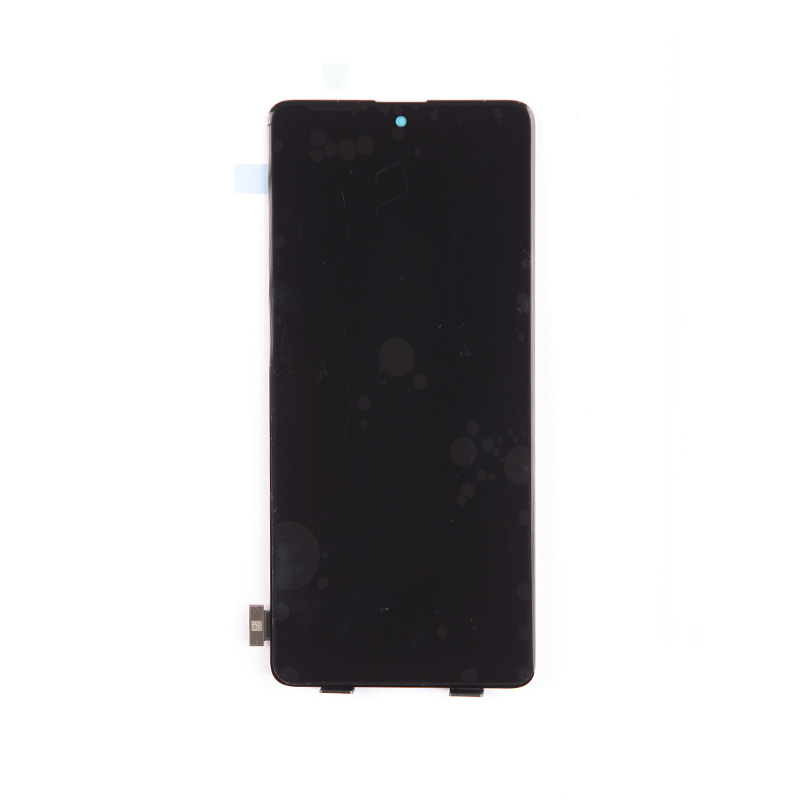The Crucial Role of the Liquid Crystal Layer in LCD Screens
2024-06-26
Liquid Crystal Displays (LCDs) have become ubiquitous in modern technology, found in everything from televisions and computer monitors to smartphones and digital watches. A key component that makes LCDs possible is the liquid crystal layer. But what exactly is this layer, and what role does it play in the functioning of an LCD screen? Let's delve into the fascinating world of liquid crystals and their essential role in LCD technology.
Understanding Liquid Crystals
Liquid crystals are unique materials that exhibit properties of both liquids and solids. Unlike conventional liquids, the molecules in liquid crystals are more ordered. However, unlike solids, they can flow and change shape. This duality allows liquid crystals to respond to electrical stimuli in a way that is fundamental to the operation of LCD screens.
Structure of an LCD Screen
An LCD screen is composed of several layers, each playing a vital role in producing the final image. These layers include:
1. Backlight: Provides the light source for the display.
2. Polarizing Filters: Control the light passing through the screen.
3. Glass Substrates: House the liquid crystal layer and provide structural support.
4. Liquid Crystal Layer: The key layer where the magic happens.
5. Color Filters: Generate the colors seen on the screen.
6. Thin-Film Transistors (TFTs): Control the orientation of the liquid crystals.
The Role of the Liquid Crystal Layer
The liquid crystal layer is sandwiched between two glass substrates coated with transparent electrodes. Here’s how it functions within the LCD:
1. Light Modulation
The primary role of the liquid crystal layer is to modulate light. When an electric current is applied to the electrodes, it changes the alignment of the liquid crystal molecules. This, in turn, affects the passage of light through the crystals. By controlling the voltage applied to different areas of the liquid crystal layer, the screen can precisely control which areas are light and dark.
2. Image Formation
The manipulation of light by the liquid crystal layer creates the images we see on the screen. When the backlight shines through the liquid crystal layer, the orientation of the crystals determines the amount of light that reaches each pixel. By adjusting the electric current at each pixel, the display can create a wide range of grayscales or colors (with the help of color filters).
3. Color Display
In color LCDs, each pixel is divided into sub-pixels coated with red, green, or blue filters. The liquid crystal layer’s ability to modulate light at each sub-pixel allows the display to mix these primary colors to produce the full spectrum of colors seen on the screen.
Types of Liquid Crystal Modes
The performance and characteristics of an LCD can vary depending on the mode of operation of the liquid crystals:
1. Twisted Nematic (TN) Mode
In TN mode, liquid crystals twist between two polarizing filters. Applying a voltage untwists the crystals, modulating the light passing through. TN displays are known for their fast response times and are commonly used in gaming monitors.
2. In-Plane Switching (IPS) Mode
IPS mode aligns the liquid crystals parallel to the glass substrates. This configuration provides better color accuracy and wider viewing angles compared to TN displays. IPS technology is favored in high-end monitors and smartphones.
3. Vertical Alignment (VA) Mode
In VA mode, liquid crystals are aligned vertically when no voltage is applied. When voltage is applied, they tilt to allow light to pass through. VA displays offer excellent contrast ratios and are often used in television screens.



